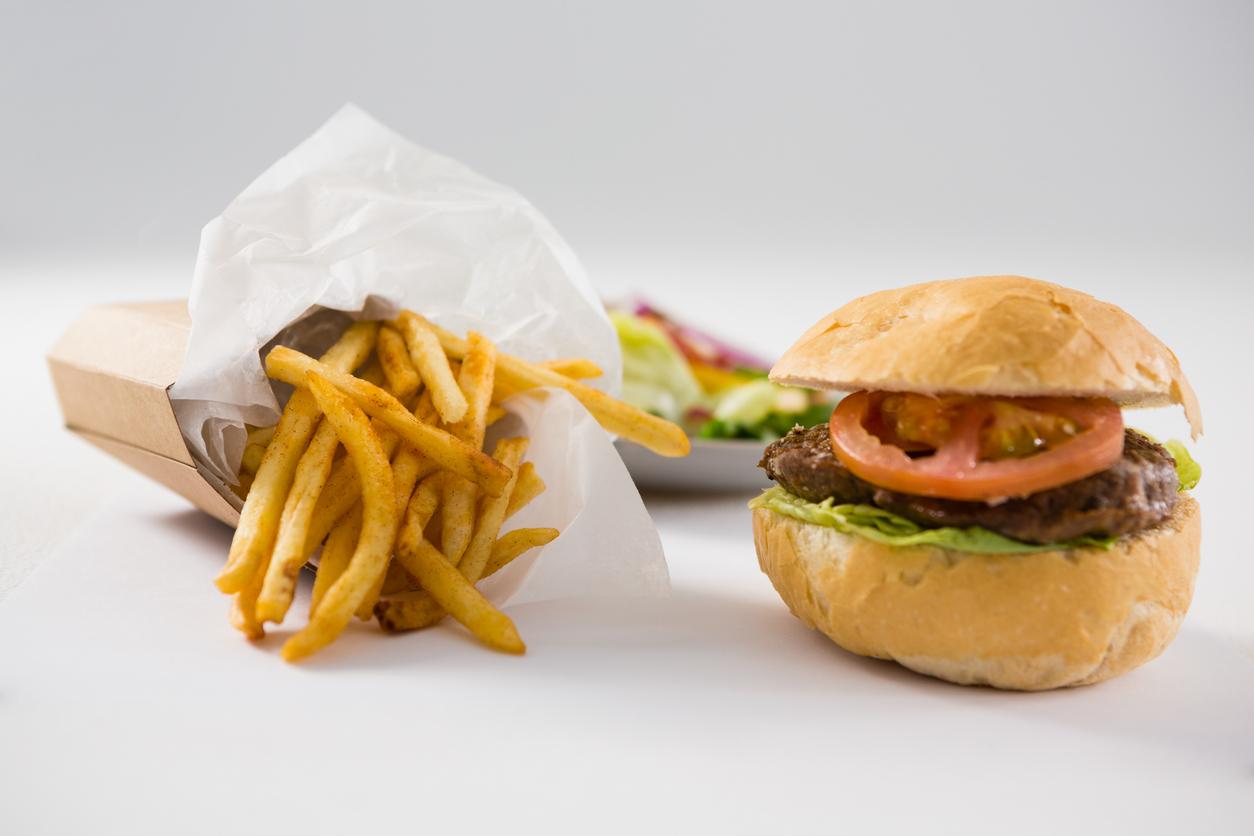Looking at childhood photos, smelling playdough, or hearing cartoon credits can decrease activity in pain-related areas of the brain and relieve common ailments.

- In France, 30% of adults suffer from chronic pain.
- Pain is the cause of almost two thirds of medical consultations.
“Longing is known to reduce people’s perception of physical pain. However, the underlying brain mechanisms are unclear.” This is what scientists from the Chinese Academy of Sciences in Beijing wrote in a study published in the journal Journal of Neuroscience March 1. To find out how this feeling can help us cope with pain, the researchers measured the brain activity of several adults using functional cerebral magnetic resonance imaging (or fMRI).
Objects from childhood
During the experiment, the participants of the first group viewed scenes or objects used during childhood, for example a popular candy or a schoolyard game. The second group saw a different set of images showing modern life scenes and objects, which did not evoke feelings of nostalgia. At the same time, all the volunteers were exposed to varying levels of pain using a small heat generator placed on their right forearm.
According to the results, nostalgia significantly reduced the perception of pain, especially at low intensities, in the participants. According to the authors, fMRI analysis revealed that analgesia was linked to decreased brain activity in pain-related regions of the brain.
Thalamus
“Activation of the anterior thalamus during the nostalgia phase predicted activation of the posterior parietal thalamus during the pain phase, suggesting that the thalamus may play a key role as a central functional link in analgesic effect,” can we read in the searches. Scientists have concluded that nostalgia can be a drug-free way to relieve low-intensity pain, such as headaches.

.

















